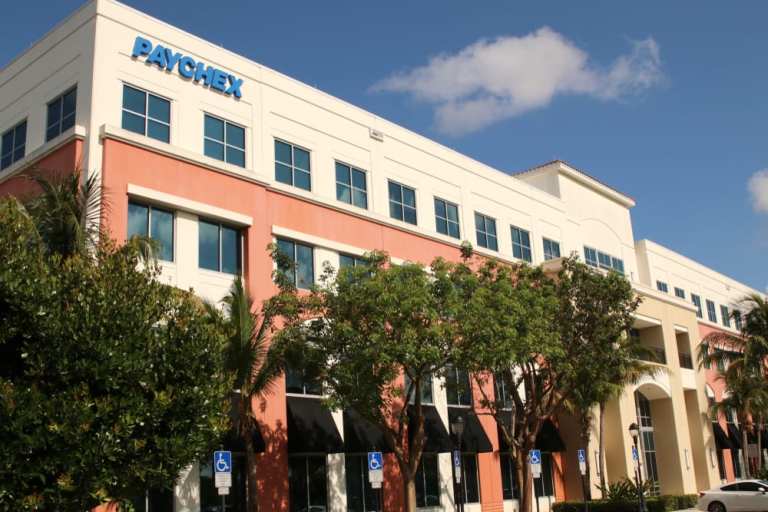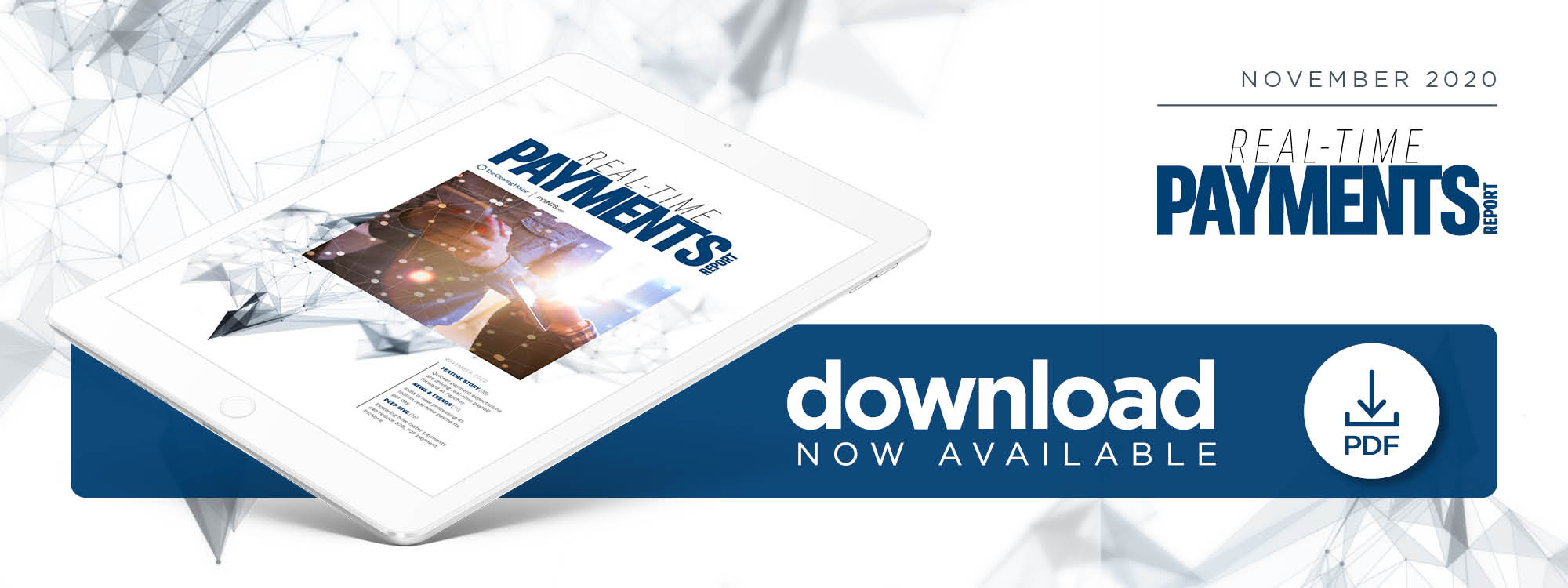Quicker Payment Expectations Are Driving Real-Time Payroll Forward At Paychex

Waiting two weeks to be paid doesn’t have to be par for the payroll course, says Tom Hammond, vice president of corporate strategy and product management for Paychex. In the Real-Time Payments Tracker, Hammond explains how real-time payroll solutions give employees access to wages on demand — and employers more time to use their cash prior to payday.
The traditional payroll cycle has been entrenched for employees and employers for decades, running on familiar rails and with well-known frictions. These longstanding frustrations have recently become more concerning for both parties, however, as the COVID-19 pandemic has made paycheck speed more essential for businesses’ cash flow reconciliation and employees’ bill-paying needs.
Sticking with established weekly or biweekly payroll schedules is out of the question for many entities that are now seeking alternative ways to manage these processes. This is where real-time payments come into play, Tom Hammond, vice president of corporate strategy and product management for payroll, human resources and benefits solutions provider Paychex, said in a recent PYMNTS interview. The company recently became the first such provider to integrate with TCH’s RTP® network, which offers businesses and employees quick access to these funds through their FIs.
Real-time payments can improve the efficiency of firms struggling with their cash flows, he added. Many businesses need to marshal their payroll funds well in advance of sending them out, meaning that they can be short on funds while they wait to pay employees.
“There are providers in the industry today that will collect the direct deposit dollar amounts from their customer base as many as four days in advance of check date,” Hammond said. “Real-time payments provides the differentiating factor in that if [businesses are] cash-strapped, [they] can actually get the process completed on payday and have those funds available in just a few seconds.”
Integrating real-time payments can afford key benefits to businesses, but these firms must also consider how employees’ expectations have been changing — especially when it comes to making or receiving payments as digital-first consumers.
Meeting accelerating expectations in real time
Economic stresses have intensified since the pandemic’s onset, with businesses — especially smaller firms — and workers alike scrambling to enhance their cash management or budgeting processes in response to financial constraints. Hammond explained that most of the payroll problems businesses face existed before the COVID-19 health crisis, though the pandemic has worsened the strain of navigating those challenges.
“Even before [the] COVID-19 [pandemic], we could see many businesses were cash-strapped, and those businesses need extra time to actually hold onto their cash prior to payday,” he said. “The introduction of real-time payments provides a streamlined opportunity to move the actual payday processing to check date and eliminates the need to actually have dollars accounted for, allocated and, in many cases, withdrawn a day or two — sometimes up to four days — in advance of check date.”
Introducing real-time payments could help businesses solve some of their age-old cash management and payroll cycle problems, but employers must also consider employees’ shifting payroll perceptions and needs. The vast majority of U.S. workers live paycheck to paycheck, Hammond said, meaning that any stumbling blocks in the payroll cycle can have severe, immediate financial consequences.
Employees have also become less accepting of payroll delays in recent years. This can be due to several factors, but the emergence of P2P apps that offer consumers access to real-time payments in other areas of their daily lives is having an especially notable effect.
“Imagine having a dialogue if your employer has an error on your check this Friday,” he said. “Your response in a non-real-time payments world [as an employer] is, ‘I will send you the difference on Monday.’ Well, if you [as an employee] paid all your bills last night and leveraged the dollar amount that you expected in your account on Friday morning, [then] you are in trouble. So [the question] is going to be, ‘Why can you not just get me the money today? What is the difference? I do it all the time [with P2P apps].’”
The availability of P2P apps is therefore pushing more consumers to anticipate real-time payroll experiences, especially as many face financial challenges during the current economic downturn. The crisis’s overall impact on payments as well as the continued uptick in P2P app usage could ultimately contribute to intriguing developments in the space.
P2P, the pandemic and on-demand payroll
The pandemic’s long-term effects on payments are still unclear, but it has already shifted how businesses approach their cash management and how employees expect funds to arrive. P2P payments’ adoption has also been on the rise, and both these factors could drive a payroll future in which real-time payments are the norm.
“My expectation is that we may be heading toward a place where daily payroll becomes a reality and real-time payments becomes [the standard],” Hammond said. “The American worker is going to be expecting that pay [to be] available, and that could lead to something that is more of a daily payroll-type scenario. We are a ways away from understanding the implications of that and how you calculate taxes and withholding and things of that nature … but if I were looking in a crystal ball, I can see a day where the traditional pay cycle of weekly, biweekly, semimonthly and monthly could become daily. And if it did, real-time payments is a catalyst. It is a requirement that will have fueled that opportunity for workers.”
The evolution of P2P app usage as well as the long-term effects that the ongoing pandemic will have on the financial industry are still unclear. Real-time payments are nevertheless poised to play an increasingly significant role in payroll, especially if current trends hold steady. Employers must therefore prepare for a future in which payroll, like a P2P payment, takes place on demand.
